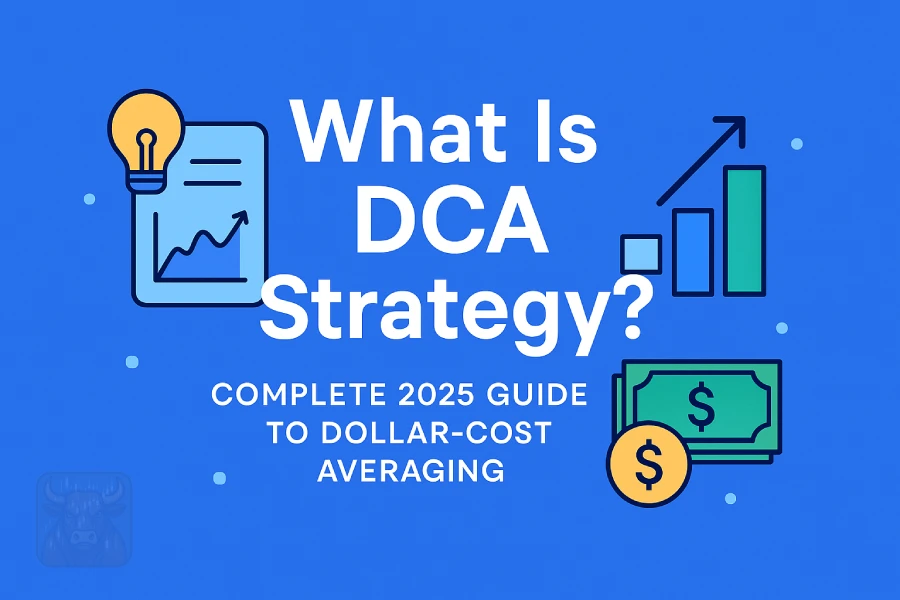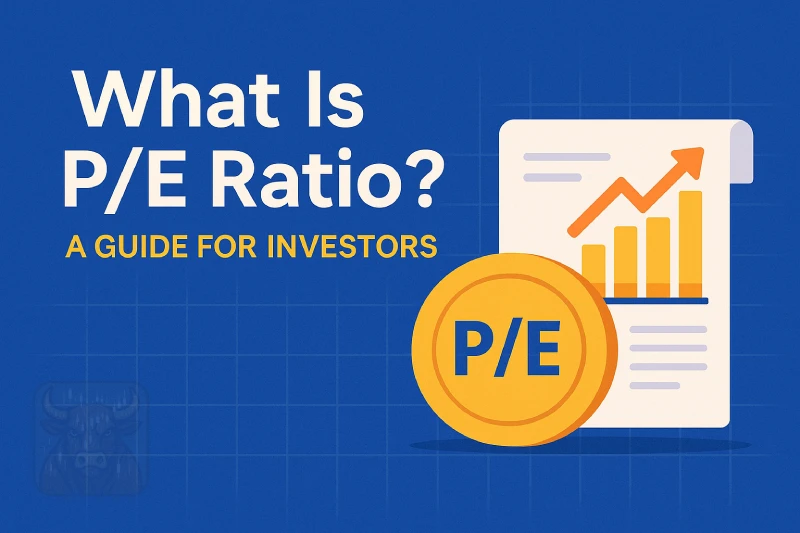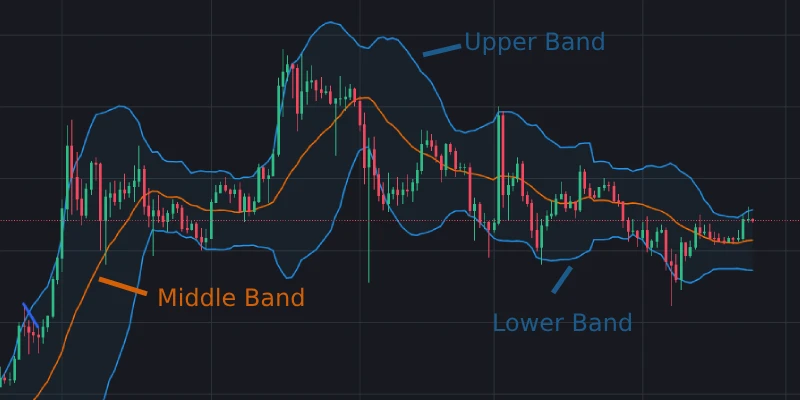📊How to Start Investing: A Beginner’s Guide to Grow Your Money
Short Class 1
Welcome, future investor! 👋
Curious about jumping into high-risk, high-reward investments like cryptocurrencies, tech stocks, or forex? You’re in the right place. While these types of investments come with the potential for huge gains, they also carry serious risks.
That’s why it’s essential to start with the right mindset and knowledge.
Investing is one of the smartest ways to build wealth over time, yet many people hesitate to get started—thinking it’s too complex or that they need a lot of money. The truth is, with the right information and mindset, anyone can start investing and take control of their financial future.
This guide will walk you through everything you need to know to start investing.
This guide will teach you:
✅ What high-risk investing really means
✅ Which assets are considered high-risk
✅ Step-by-step tips to get started safely
✅ Common mistakes to avoid
✅ What to expect during your first 6 months
📌 Step 1: Understand What a “High-Risk Investment” Is
A high-risk investment is one where there’s a higher-than-average chance you could lose part—or all—of your money. But in return, it offers the possibility of bigger rewards.
These investments tend to be more volatile and are influenced by market news, hype, speculation, and global events. While some investors make life-changing profits, others can lose their entire investment in days—or hours.
Means putting your money into assets—like stocks, bonds, or real estate—with the expectation that they’ll grow in value over time. Unlike saving, which keeps your money safe but idle, investing helps your money work for you and grow, often faster than inflation.
🔹 Common Examples:
- Cryptocurrencies (Bitcoin, Ethereum, meme coins)
- Volatile or speculative stocks (startups, penny stocks, meme stocks like GameStop or AMC)
- Forex trading (buying and selling currency pairs like USD/EUR)
- Leveraged ETFs and high-growth funds
- NFTs and Web3 projects
⚠️ Rule #1: Only invest money you’re 100% okay with losing.
Never invest your rent, emergency fund, or student loan money. This rule is crucial for protecting your financial stability.
🟩Understand the Basics Before You Start
Before jumping in, it’s essential to understand a few core investing concepts:
- Risk and Return: Higher returns usually come with higher risks.
- Diversification: Don’t put all your eggs in one basket.
- Time Horizon: Your investing goals—short-term or long-term—should guide your strategy.
🔍 BLOQUE 5: Define Your Financial Goals
Why are you investing? Your goals will shape your plan. Common goals include:
- Saving for retirement
- Building a house fund
- Generating passive income
- Preparing for your child’s education
Set clear, measurable goals with timelines to keep yourself on track.
💰 How to Start High-Risk Investing (5 Key Tips for Beginners)
💸 Tip 1: Beginner-Friendly Investment Strategies
- Dollar-Cost Averaging: Invest a fixed amount on a regular basis.
- Buy and Hold: Purchase solid investments and hold them long term.
- Diversification: Reduce risk by spreading your investments.
- Rebalancing: Adjust your portfolio to maintain your ideal asset mix.
And obviously, never stop learning.
📱 Tip 2: Pick a Beginner-Friendly Trading Platform
You don’t need complexity. Start with easy-to-use apps:
| Investment Type | Beginner-Friendly Platform |
|---|---|
| Cryptocurrencies | Binance, Coinbase |
| U.S. Stocks | eToro, Robinhood, Webull |
| Latin America Stocks | GBM+, Bursanet, eToro |
🔹 Always check fees, reviews, and if the platform is regulated!
🎓 Tip 3: Master the 3 Basics of Smart Investing
Before you place your first real trade, you should understand:
- 📈 Buy Low, Sell High (The golden rule).
- 🛑 Stop-Loss Orders (Protects you from big losses).
- 🧩 Diversification (Never bet everything on one coin or stock).
Try a demo account first (many brokers offer free practice modes).
💡 Pro Tip: At first, just observe. Don’t chase quick wins.
🚨 Tip 4: Avoid These 3 Common Rookie Mistakes.
❌ Chasing hype: Don’t buy just because it’s trending on Twitter or TikTok. (e.g., buying Bitcoin just because it’s trending).
❌ Emotional decisions: Panic selling = real losses. Stick to your plan. (emotions lead to losses—stick to your strategy).
❌ Trading with debt: Never invest borrowed money—it’s a fast way to financial trouble.
📅 Tip 5: Track Your Progress Over Time
Investing is a journey. Your first few months should be focused on learning, not profits.
- Month 1: Watch, learn, and practice on demo mode.
- Month 3: Start trading small, test basic strategies (long-term holds, stop losses).
- Month 6: Reflect on your trades, adjust your plan, and build discipline.
🎓 Final Thoughts: Is High-Risk Investing for You?
Investing doesn’t have to be intimidating, high-risk investing is exciting, educational, and potentially rewarding—but it’s not for everyone. If you’re someone who enjoys fast-paced environments, learning by doing, and can emotionally handle losses, this might be for you.
🚀 Congrats! You’re now in the world of high-risk investing. 🚀
💬 “The risk isn’t in knowing nothing. The risk is in never starting.” (Warren Buffett).
Now that you know the basics, keep learning! Next up: ** Short Class 2: What Is the Stock Market?
❓FAQs
❔How do I start investing if I have no experience?
Start by learning the basics—like risk, diversification, and investment types—then open a beginner-friendly brokerage account and invest small amounts in index funds or ETFs.
❔Can I start investing with $100 or less?
Yes! Many platforms offer fractional shares and no account minimums, allowing you to invest with as little as $5–$100.
❔What is the safest investment for beginners?
Low-cost index funds or diversified ETFs are among the safest options for beginners due to their broad exposure and low volatility.
❔How do I choose where to invest my money?
It depends on your goals and risk tolerance. Consider a mix of stocks, bonds, and ETFs aligned with your time horizon.
❔Is it better to invest or save money?
Both are important. Save for emergencies, but invest for long-term growth, as savings alone usually don’t beat inflation.
❔What platform should I use to start investing?
Popular platforms for beginners include Robinhood, Fidelity, Charles Schwab, Webull, and Acorns. Choose one with low fees, good user experience, and educational tools.
Recommended Reading
Guide to Volume Price Analysis by Anna Coulling
Technical Analysis of the Financial Markets by John J. Murphy







To pick updates, prefer reliable publishers, confirm facts, note slant and find substance. Crosscheck with multiple accounts, use expert insight, and set bulletins for topics you monitor. Build media skill https://smasters.com
Completely agree with this, glad you mentioned it.
Might be worth checking out, I came across this site recently: not sure if it’s known here
Would love to know if anyone tried it.